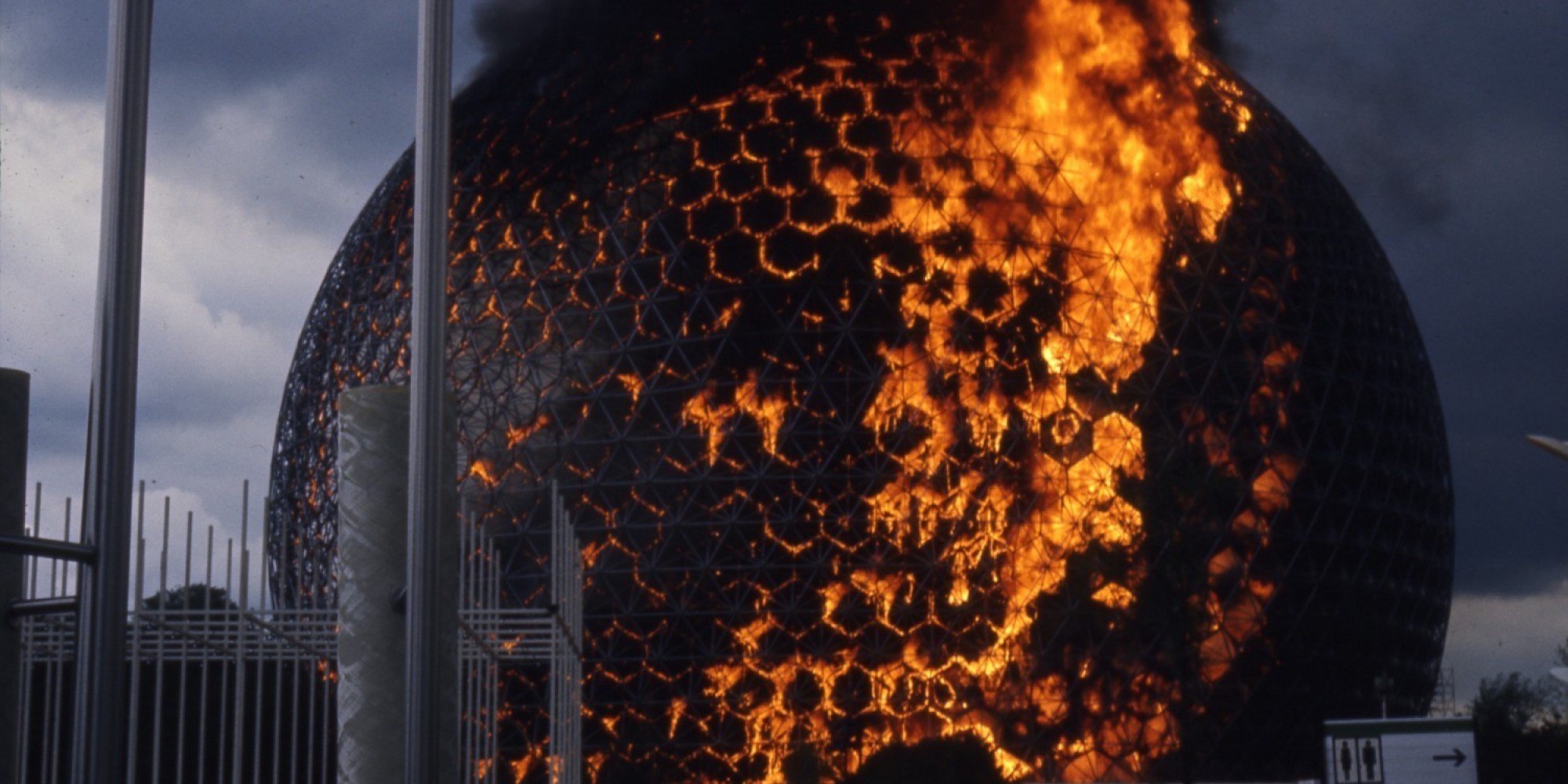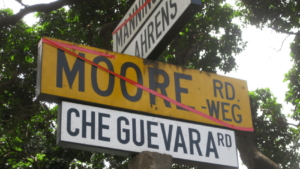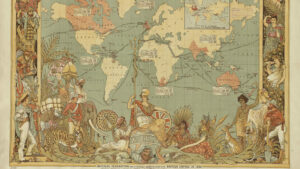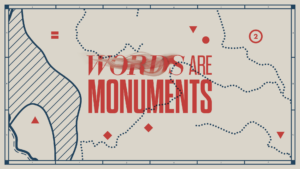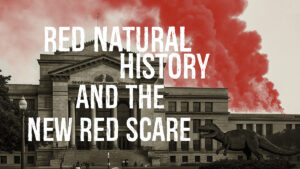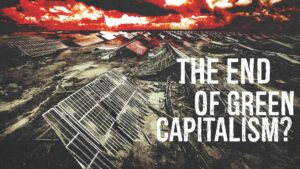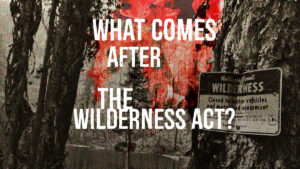Photo: Fire at R. Buckminster Fuller’s Biosphere, Montreal, Quebec, Canada, May 20, 1976. Photo: Gilles Hermann / @ Archives de la Ville de Montreal.
Wednesday, February 20, 2019, 12 p.m.
The Department of History of Art and Architecture
University of Pittsburgh
Contemporary concepts of ecology map human and nonhuman, local and planetary forces into complex systems of inter- or intra-action, effectively subsuming or eliminating the theoretical concept of the outside. In the Anthropocene, there is no nature beyond the human. The whole world has been dominated by the forces of capitalism. There is no alternative. Challenging the assimilative tendency at the core of much contemporary ecological thought, we argue that every ecosystem is constructed around an exclusion—a hole within the whole, a repressed space of conflict that, if embraced, can serve as the political ground from which to undermine the system itself. By pointing to the repressed exterior pressing against the edges of the social-economic-ecological system, this lecture will elaborate the theoretical basis for an environmental politics capable of assembling the unassimilable.
Not An Alternative is a 16 year old collective that works at the intersection of art, activism and theory. Named in the New York Times and ArtNet‘s “Best in Art in 2015” round-ups, the group’s work has been widely exhibited nationally and internationally. Their latest project, The Natural History Museum, is a traveling, pop-up museum that highlights the socio-political forces that shape nature. Presenting for the group is core member Steve Lyons, an art historian, artist, and FRQSC Postdoctoral Fellow at the Humanities Center at the University of Pittsburgh.

